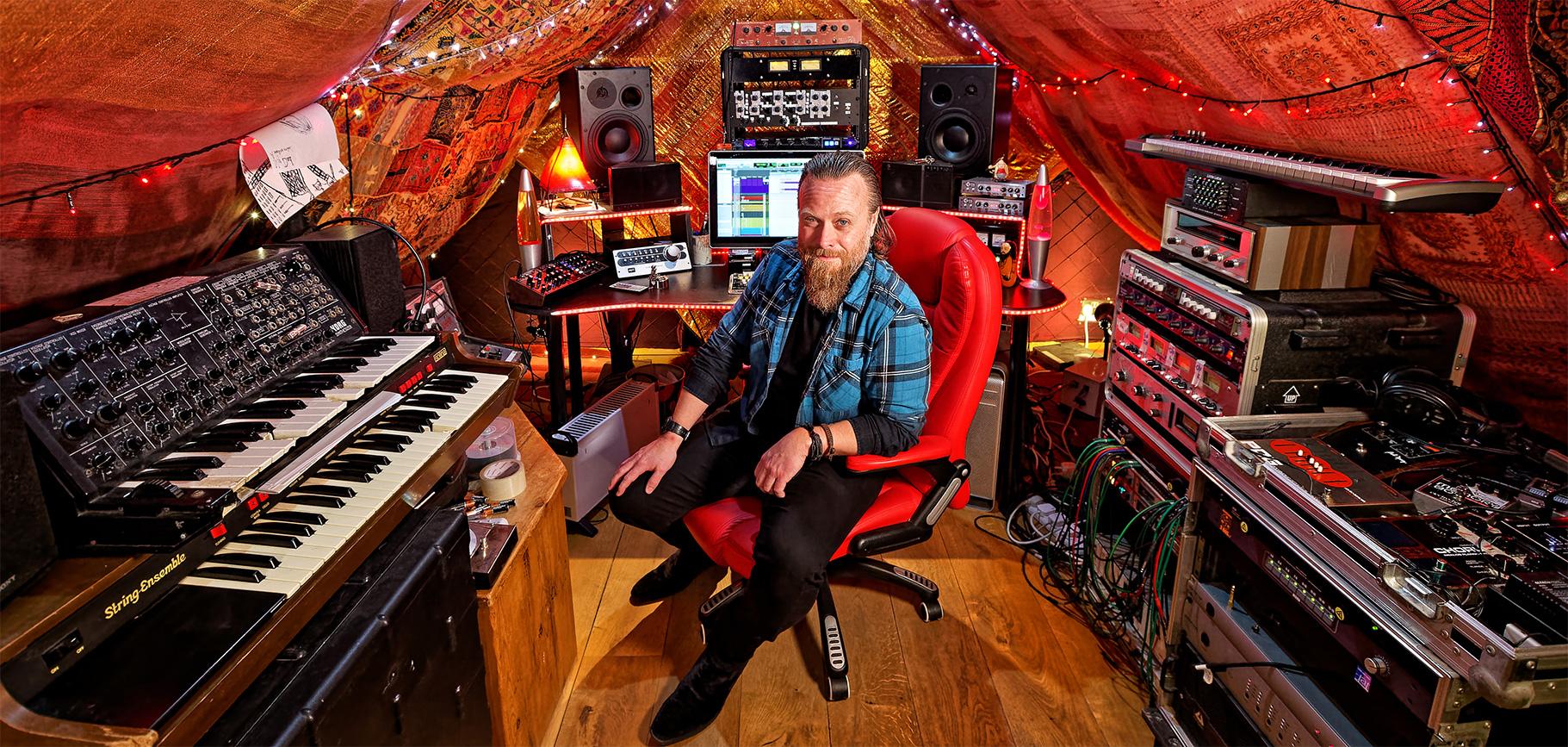Dave Eringa - Know Your Enemy
In this piece, I want to explore the contrasts between producing a band you’ve known for years versus stepping in as the 'new guy' with a legendary act. I’ve been fortunate to work with the Manic Street Preachers for over 30 years, contributing to 10 of their 13 albums. More recently, I’ve had the privilege of working with rock veterans like Roger Daltrey and The Who. This unique perspective allows me to see both sides of that coin.

Producing Long-Time Collaborators
When working with a band for such a long period, it’s crucial to keep things fresh. You can’t get too comfortable or assume your spot is secure—remember, even as the producer, you’re not the boss. It’s the band’s record, and they can replace you at any time.
There are many benefits to working with a band like The Manics for so long. The camaraderie is strong, with humor and in-jokes that have been established over decades. Creatively, there’s a lot of freedom because you’re not afraid to put forward ideas, even if they might be bad. You understand each other’s strengths and weaknesses, making it easy to navigate sessions intuitively.
However, the biggest pitfall is falling back on the same old techniques and sounds. To counteract this, The Manics often establish new ‘rules’ for each record—whether it’s using less gain on guitars or trying a ‘less is more’ approach. These guidelines, developed in discussions before hitting the studio, help us avoid repeating ourselves. They may reference new musical inspirations, or even revisit elements from past work. For instance, they returned to a more anthemic rock sound on 2007’s “Send Away The Tigers” after exploring an 80s, keyboard-driven direction on “Lifeblood.”
The Manics often establish new ‘rules’ for each record—whether it’s using less gain on guitars or trying a ‘less is more’ approach.
Despite the long-standing friendship, professionalism is key in the studio. The Manics could work with anyone, so it’s my job to keep bringing new ideas and justify my position every single time. Working with other bands keeps me inspired and prevents complacency. It’s crucial to stay relevant and to always justify your place in that control room.
If a band decides to work with someone else, it’s important not to take it personally. It could be for many reasons, like wanting to explore a different sound or yielding to record company pressures. The Manics have worked with other producers when they knew my style wouldn’t suit their vision, like on “Lifeblood” or “The Holy Bible.” In those times, I’ve stayed engaged, asking about new techniques and maintaining the friendship—it keeps the relationship strong and keeps me on my toes.
If you find yourself removed from a project, it’s critical to reflect honestly on what happened. It’s easy to blame others, but the most growth comes from taking personal responsibility and learning from the experience.
Working with Established Legends
Working with a new, high-profile artist like Roger Daltrey can be intimidating. It’s essential to quickly overcome any imposter syndrome—confidence in your skills is vital, but you must avoid arrogance. My first time meeting Roger wasn’t my finest moment—I fanboyed a bit too hard, and his unimpressed reaction reminded me that he needed a collaborator, not another fan. Luckily, we had some great tracks ready, and I was able to win him over with the work rather than words.
When recording Roger’s vocals, I made sure to read the room. He seemed to prefer privacy, so I asked everyone else to step outside, allowing him space to warm up and find his voice. I also set up a comfortable vocal booth with ambient lighting, which may seem trivial, but it demonstrated that I cared about his performance and was on his side. Small gestures like these can go a long way in building trust.
When Roger first stepped up to the mic, his powerful voice filled the speakers in a way that few can. It was vital not to get caught up in the moment but to focus on delivering exactly what he needed in terms of headphone mix, vocal tone, and feedback. Singing is deeply personal, and artists expect honesty—they have no use for yes-men. When giving constructive criticism, start with a positive before addressing the negative. For example: “That second line was incredible, but it made the first one sound a bit off. Let’s try that first one again.” This approach built trust with Roger, setting the stage for successful future sessions.
When Roger first stepped up to the mic, his powerful voice filled the speakers in a way that few can.
For artists with more fragile personalities, building a solid relationship before recording is key. Spend a few days together before diving into vocals, make jokes, be open, and create a comfortable atmosphere. Deep conversations over a drink can help establish a connection, allowing you to understand what makes them tick. This insight is invaluable when they’re behind the mic and feeling vulnerable.
It’s also important to recognize when an artist is testing you. When producing for The Who, Pete Townshend threw me a curveball on day one, demanding changes to the setup. I realized it was a test of my flexibility, so I calmly agreed to his request. By not taking the bait and panicking, I earned his respect, and the rest of the session went smoothly.
Bridging Both Worlds
Working with familiar and new artists should cross-pollinate in your approach. The buzz and excitement of working with new acts should be carried into sessions with long-time collaborators, reminding you to stay hungry and innovative. Similarly, the calm confidence gained from working with known artists should be brought into sessions with big names. If you’re comfortable in your role, they’ll feel at ease too—no matter their status or history.
Ultimately, success in the studio is about balancing these dynamics, staying open to learning, and consistently bringing your best to every session, whether with old friends or new legends.
